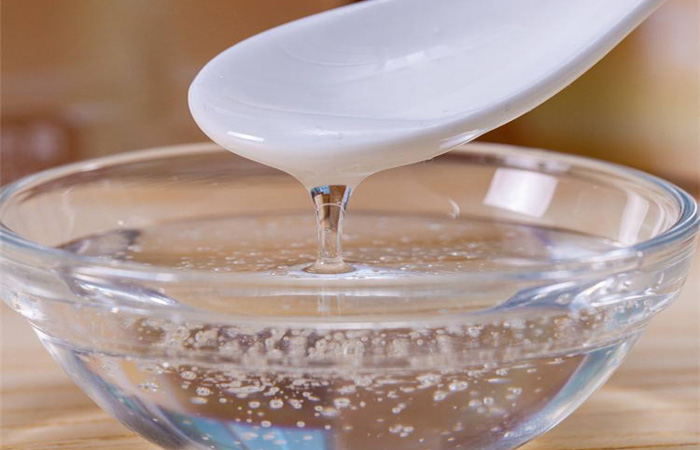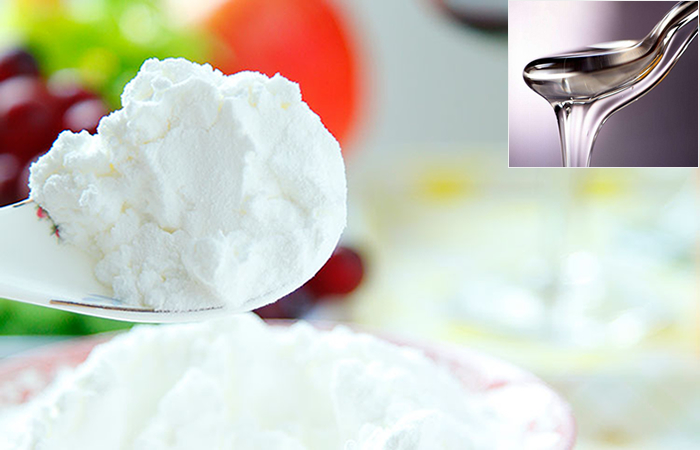High corn fructose syrup information
2017-07-07 / News
Corn syrup
High fructose corn syrup (HFCS) refers to a group of corn syrups that have undergone enzymatic processing in order to increase the fructose content. This processing converts the dextrose (glucose) sugars into fructose sugars, which are sweeter.
Typically, types of HFCS include HFCS 90 (most commonly used in baked goods), which is approximately 90 percent fructose and 10 percent glucose; HFCS 55 (most commonly used in soft drinks), which is approximately 55 percent fructose and 45 percent glucose; and HFCS 42 (most commonly used in sports drinks), which is approximately 42 percent fructose and 58 percent glucose.
There is some controversy over the use of HFCS as a food additive. Increasingly, manufacturers are utilizing HFCS in a variety of foods such as breads, cereals, soft drinks, condiments, and so forth.

High corn glucose syrup
In terms of sweetness, HFCS 55 is comparable to table sugar (sucrose) (CRA 2007). This makes it useful to manufacturers as a possible substitute for sugar in soft drinks and other processed foods. HFCS 90 is sweeter than table sugar, while HFCS 42 is not as sweet as table sugar.
Since its introduction, HFCS has begun to replace sugar in various processed foods in the U.S. The main reasons for this switch are (White 1992):
HFCS is somewhat cheaper due to the relative abundance of corn, farm subsidies, and sugar import tariffs in the United States (Pollan 2003)
HFCS is easier to blend and transport because it is a liquid (Hanover and White 1993)
HFCS usage leads to products with much longer shelf life





